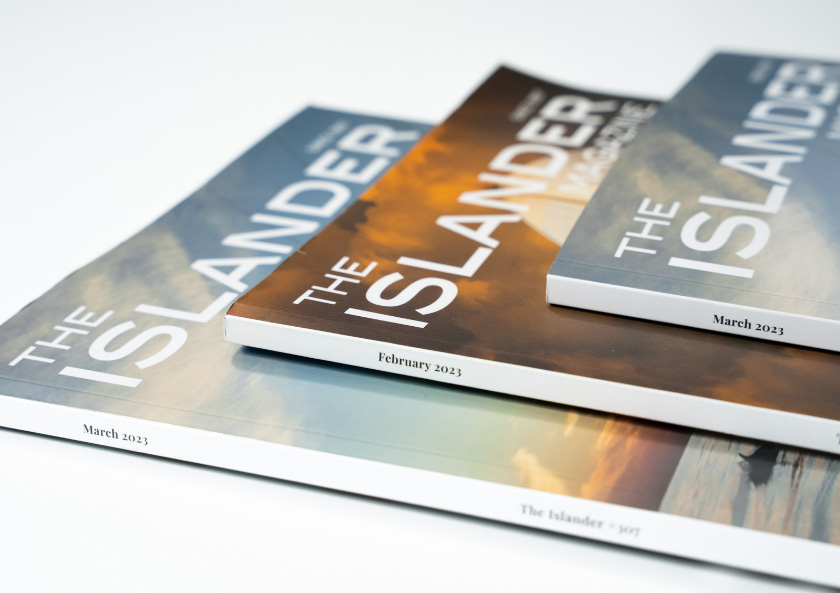Why Carbon Fibre composites are dominating yacht construction in 2025
In brief: Carbon fibre composites in yacht construction have been around for over 40 years, and their use has surged in the last decade—and that’s only set to increase further. But why exactly have composites been taking over as the prime material in boatbuilding, gradually phasing out traditional materials like steel and aluminium?
Each tiny carbon filament may be just 1/100th of a mm thick, but once spun together, woven into fabrics, and bonded with epoxy resin, the resulting composite is nothing short of impressive.
The high stiffness characteristics of carbon fibre, along with the ability to tailor fibre direction, allow stiffness ratings ranging from 8–20 million psi for Standard Modulus Carbon, and 14–40 million psi for Ultra High Modulus Carbon—commonly used in mast construction. To put that in context, aluminium clocks in at roughly 10 million psi, while steel tops out at around 29 million psi.
Similar to stiffness, strength can also be tailored, with the final laminate often matching or exceeding the strength of high-grade aluminium and steel. But where carbon fibre really pulls ahead is weight: its low density combined with material-specific placement means dramatic weight savings.
Let’s break it down:
-
✅ Carbon laminate strength = comparable to high-grade aluminium and steel
-
✅ Stiffness = equal to or greater than aluminium (Standard Modulus)
-
✅ Stiffness = equal to or greater than steel (Ultra High Modulus)
-
✅ Weight = 5x lighter than steel, 1.5x lighter than aluminium for the same volume
In addition to these structural advantages, carbon fibre composites in yacht construction offer superior fatigue resistance, zero corrosion concerns, and the flexibility to build virtually any form. Their electrical conductivity even helps during the curing process.
So why are carbon composites the go-to? Simple: they make yachts lighter, faster, and more efficient.
Weight savings are perhaps the most obvious advantage. On a motor yacht, this can reduce fuel consumption by up to 35%. Large carbon-built hatches need lower hydraulic pressure. Lighter superstructures mean better stability and performance at sea.
On racing yachts, a lighter hull and deck translate into sheer speed. A carbon mast offers more than just weight savings—it improves stability, reduces windage, and allows precision tuning of mast bend and sail shape.
For those curious about how composites could benefit your vessel—whether through a new build or a refit—feel free to drop by the BMComposites office in STP.























0 Comments